Old-fashioned craftsmanship of European antique furniture
The antique old-fashioned craftsmanship uses a series of techniques to create new products in the form of ancient furniture. Through the old craftsmanship, the new products are mimicked to form wind erosion, insects, damage, and stains, giving them a long historical mark. European-style antique furniture is simple and elegant in style and texture. The carvings and tones are exquisite and noble, with the characteristics of the Renaissance, and are very popular among home decorators. Today, fans of furniture learn about the old craftsmanship of European antique furniture and see how craftsmen have printed new furniture on history. The wormhole imitation is a trace of the product that is left behind by insects and insects after long-term storage. The wormholes are distributed in the damaged parts of the product, at the decay and at the edges, and are scattered or densely grouped. Some are deep, some are very different, and are in the shape of a circle, a spindle or a strip. Production Tools: Nail 3 to 5 untidy wood screws on a regular strip. Precautions: (1) The wormholes have a single or dense cluster or a combination of them, pay attention to the type, size, shape and distribution of the selected wormholes; (2) The location of the wormhole is at a large damage or edge; (3) The wormhole must be distributed along the direction of the wood grain; (4) Timber knots and heartwood are relatively hard and are not susceptible to insects or worms. Therefore, wormhole imitation should avoid product thrift, heartwood and splicing. The tearing imitation is mainly to imitate the tear marks left by the product after being damaged or damaged by other objects during long-term storage or use. The tear marks are usually irregular and vary in length and length, and the damaged areas appear rough and decaying, giving a feeling of natural impact or tear marks. Production tools: hard metal tools such as chisels, axes, trowels. Precautions: (1) First consider starting where the product is trapped; (2) Avoiding places with tree knots, because the tree knots and the surrounding wood are harder and harder to be destroyed; (3) Avoid the joints of the parts; (4) Avoid the curved wood grain along the direction of the wood grain; (5) The imitation shape should be natural and flexible, and the damaged surface should not be too regular. It should not be made into a standard triangle, and the damage should not be too smooth, giving people a feeling of natural damage as much as possible; (6) The size, depth and quantity of the imitation tear marks should be appropriate, and should be based on the plate. Knocking imitation refers to imitating the irregular imprint of the product after being hit or hit by some hard objects during long-term use or storage. Manufacturing tools: nut string, single nut and file handle. Precautions: (1) The direction of tapping is divided into horizontal, vertical and oblique directions; (2) When tapping, it is divided into heavy tapping and tapping according to the strength; (3) The number and distribution of tap marks are determined by the number of nuts, the number of pads, and the number of taps. The thread mark imitation is a trace of the impact or fall of the product when it is crushed or dropped by some thread-shaped hard objects during long-term use. Production tools: can be knocked with a nut or with a screw. Precautions: (1) Thread marks should be selected where there are defects on the surface of the product; (2) Pay attention to the simple processing of the screw, generally retain more than 4 teeth, and smooth the remaining threads; (3) The shape of the thread marks will have different effects depending on the degree of inclination of the tool. The file marking imitation is a trace of a certain oblique direction left after the product is scratched by a zigzag object during long-term use or storage. Production tools: sickle. Precautions: (1) The length of the file mark is generally about 3 to 4rD_rfi; (2) The scythe marks are mostly distributed on the edges, ridges or bulges; (3) The trowel marks are light and heavy, some products are suitable for slight marks, and some products can be heavy; (4) How to use the file: 4 kinds of slashing, flatning, stalking and scratching. Hammer mark imitation is an imprint that mimics the product's impact on a hammered or dropped surface of a product during long-term use. Production tool: ordinary hammer, when the hammer is tilted at a certain angle during operation, the furniture surface is left to leave a certain trace. Precautions: (1) The depth of the hammer mark is determined by the striking strength; (2) The number of hammer marks on a product may be single or two side by side; (3) The shape of the hammer mark is determined by the inclination of the tap; (4) The position of the hammer mark should be directed to the defective surface of the furniture. The inverted and chamfered imitation is a trace of the product that is left behind by artificial or long-term friction with other instruments during long-term use or storage. It is often seen in the edges, corners, etc. of the product being rubbed to a smooth, non-angular phenomenon. It shows that the product has a long history. Production tools: disc sander. Precautions: (1) The old position is only restricted to the edges, edges, corners or bulges; (2) The degree of chamfering and chamfering varies from product to product. Usually, the degree of chamfering is heavier at the center and gradually weakens toward both sides. The pentagonal needle imitation is called hard object damage, and the plum blossom print is also called the "ten" print. This is a kind of process that uses special special tools to carry out the old processing of the furniture surface. The imitation product is sharp and has a long time in use. A trace of a certain shape that remains on the surface after being bruised. Maker: Nail the pentagon or plum-shaped pins or special tools on a regular strip. Precautions: The position, quantity, and the severity and depth of the imitation trace cloth should be appropriate. White body nails are also called scratches, which are traces of the surface of the product after it has been scratched during use. The scar is imitated after the product has been wormed, insects and insects in the long-term use or storage process. Traces left behind. Production tools: nails, file handles. Precautions: (1) The scar must be in the direction of the wood grain, and the nail tail can be in any direction; (2) It is natural and flexible to make old shapes. The tail mark should be slightly half-moon shaped. It can be slightly rounded with a fine tip of the nail to make a fine mark. It can also be used to draw a thicker scratch with a shank handle. The length and position should be appropriate. Try not to distribute it at the center; Scars have irregular shapes, and their length, size, and depth are naturally shaped like the stretch marks after climbing. Extended reading: design elements of antique furniture (3) The distribution of the number of old traces should be appropriate, too little to achieve the antique effect, too much is messy and unnatural; (4) The position of the scratch should be in the place where the surface of the product is defective, but avoid the thrift, splicing and so on. With the integration of global culture and the continuous improvement of people's living standards, European antique furniture is not only favored by European and American consumers, but also gradually understood and accepted by domestic multi-level consumer groups, and has good development prospects. The above basically covers the old-fashioned craftsmanship in the production of European-style antique furniture. While referring to the above principles of process operation, the antique surface of the furniture surface and the style of the new product should be perfectly combined to achieve the old and the old. There is new in it. Bathroom mirror cabinets are becoming increasingly popular in modern life. A suitable mirror cabinet brings you not only to increase the beauty of the bathroom, but also to bring you the convenience of life. A good-looking mirror cabinet installed in your bathroom can bring you the convenience of washing, clear brightness, and store commonly used items in the mirror cabinet to keep the bathroom tidy and clean. We are 17 years of professional design and production of bathroom mirror cabinet manufacturers, the price is also factory direct sales. There are many more customization features waiting for you to consult! Double Mirrored Doors,Double Mirrored Doors Cabinet With Lights,Double Sliding Doors Filing Cabinet,Double Mirrored Door Bathroom Cabinet Dongguan Powerme Tech. Co., Ltd. , https://www.powermetech.com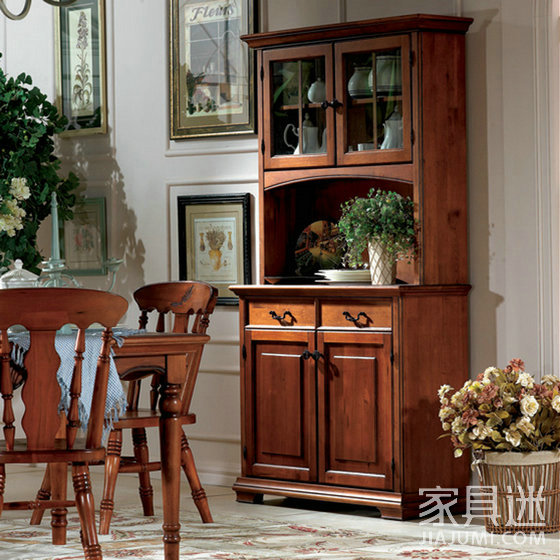
There are nine main types of old-fashioned European antique furniture:
Wormhole imitation
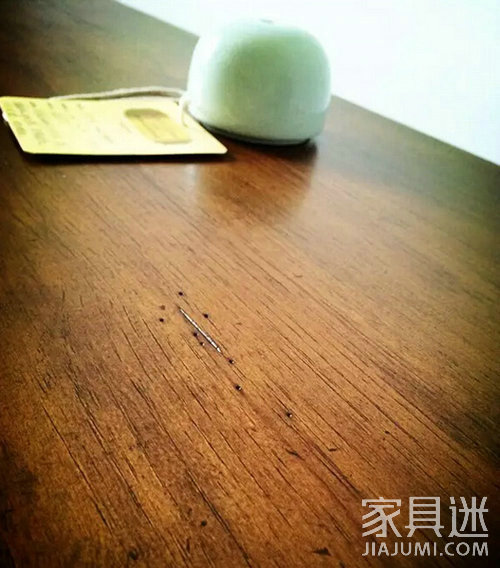
Tear imitation

Knock mark imitation
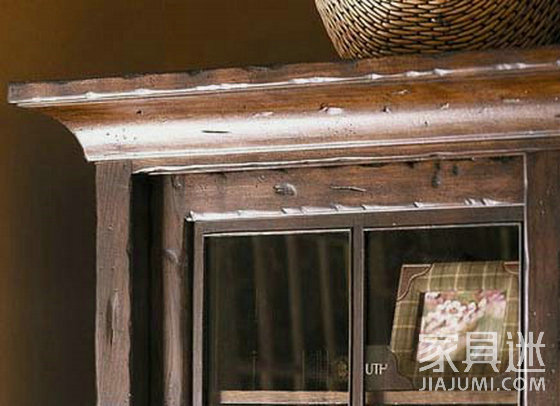
Thread mark imitation
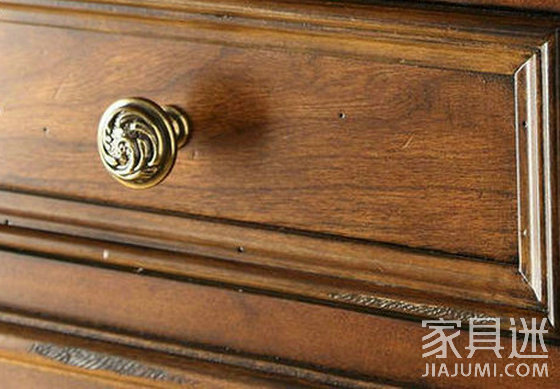
Sickle imitation
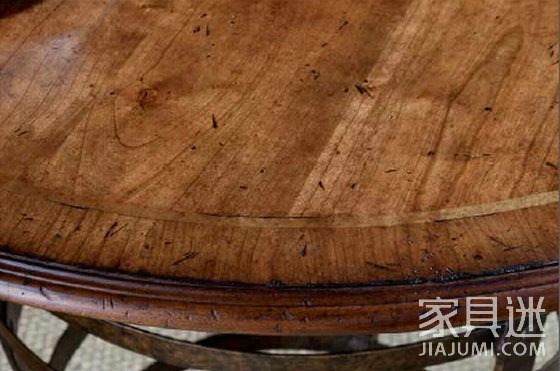
Hammer mark imitation
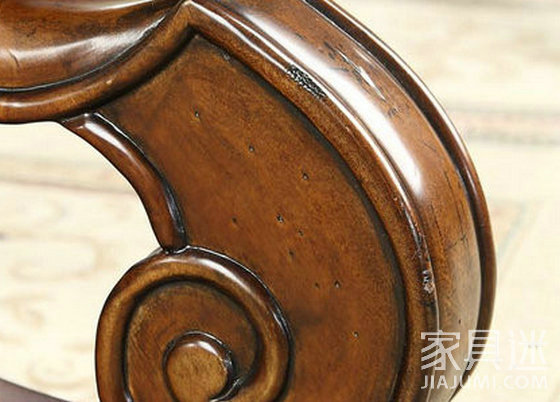
Flanged, chamfered imitation
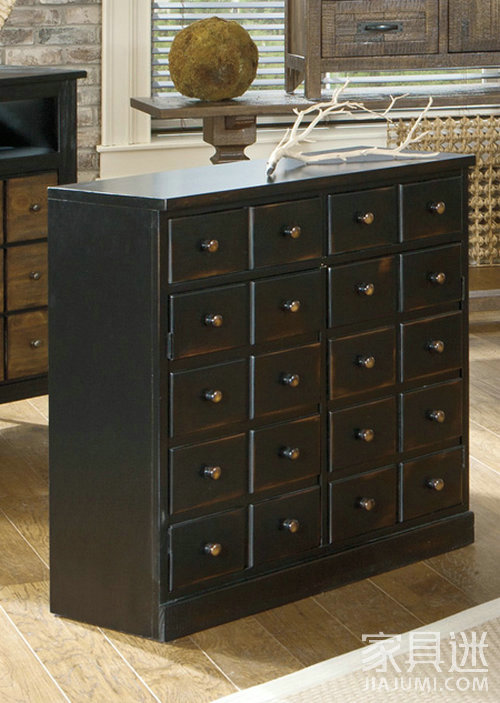
Pentagonal needle, plum blossom imitation
Studded horsetail, scar imitation
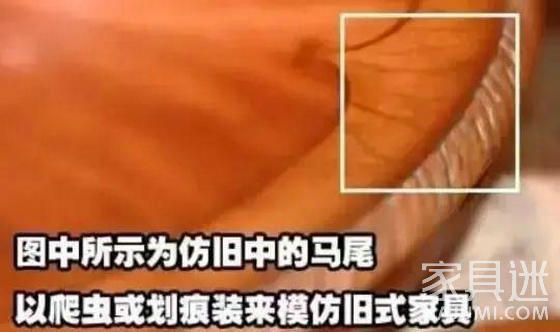
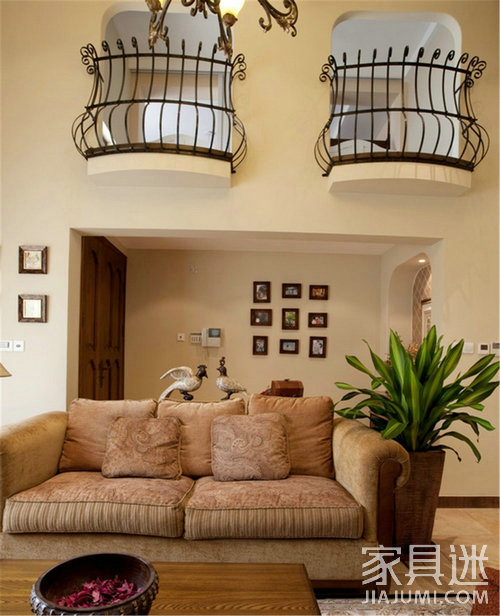
Our bathroom mirror cabinet are also available in single-door, double-door, and other styles and types.
We have been professionally designing and producing Double Mirrored Doors for 17 years. Not only are all the materials used in the mirror the best, but our technology is very good, using the most advanced and up-to-date machines. We also accept OEM and ODM. Our style is very popular in foreign countries, especially in the European and American markets, and the feedback in the local market is very good. Our after-sales service is also professional and patient.
